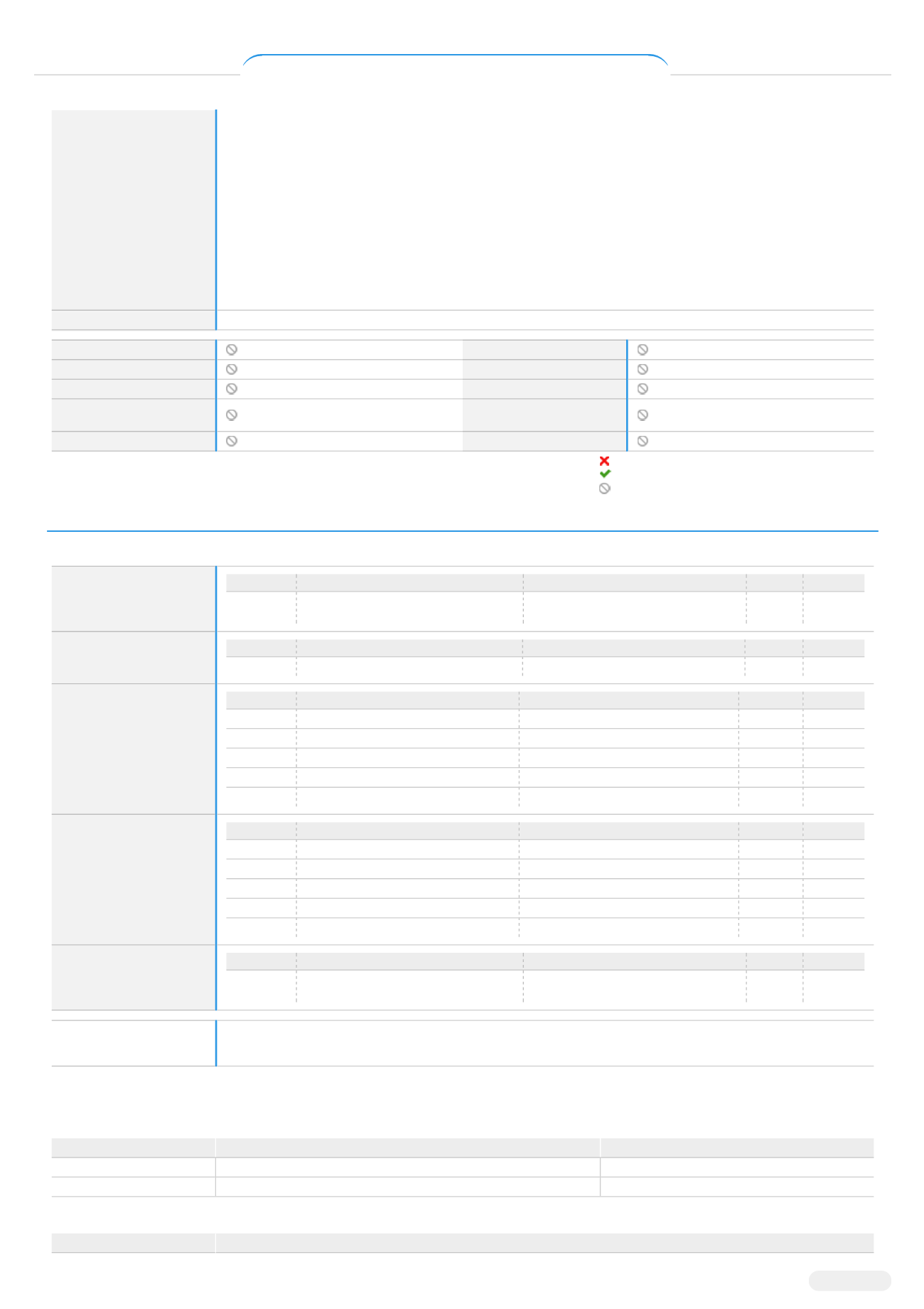

Legend:
– Data available but does not fill the criteria for classification
– Data available to make classification
– Data Not Available to make classification
properties. The studies were, in-general, conducted under occlusive conditions, with exposure times of up to 24 hours (7.5-10%). Based on the information
available, the chemical is likely to be a skin irritant. Eye irritation studies with the chemical showed that corrosive and necrotic effects occurred at 30%
whereas less severe effects were observed at lower concentrations of 2.3-10% The chemical is classified with the risk phrase R36: Irritating to eyes,
however, based on studies conducted on the chemical it may be a severe eye irritant. Sensitisation. The chemical has a quaternary ammonium functional
group, which is a structural alert for sensitisation ( Conflicting results have been obtained with the chemical in animal studies. Positive results were
reported in an LLNA study (an EC3 value was not reported). In addition, positive results were obtained in two guinea pig maximisation studies conducted by
a single laboratory, the first at 3% induction and 3% challenge, and the second at 0.15% induction and 0.015% challenge. However, there was no
sensitisation in a guinea pig maximisation test when the chemical was tested at 6% induction and 1% challenge. No evidence of sensitisation was reported
in a HRIPT on a formulation containing the chemical at 0.6% concentration (a 10% dilution of a ~6% formulation) with 110 volunteers. In HRIPT studies on
formulations containing the chemical, no evidence of sensitisation was reported at concentrations of 1.87% (88 subjects), 0.93% (93 subjects), 0.3% (100
subjects), 1.5-3.0% (141 subjects), 6.0% (210 subjects), 0.018% (27 subjects). However, positive results were observed in provocative studies conducted
on formulations containing the chemical (at 0.3-1% concentration), conducted in subjects diagnosed with various forms of contact dermatitis, suggesting
that the chemical may cause reactions in sensitive individuals In one study authors note that sensitisation effects of the chemical (and related compounds)
are most likely due to the impurities, including DMAPA and amidopropyl dimethylamines, however, they do not exclude the possibility of the causing the
sensitisation. The potential for skin sensit
WATER
No significant acute toxicological data identified in literature search.
Acute Toxicity
Carcinogenicity
Skin Irritation/Corrosion
Reproductivity
Serious Eye Damage/Irritation
STOT - Single Exposure
Respiratory or Skin
sensitisation
STOT - Repeated Exposure
Mutagenicity
Aspiration Hazard
SECTION 12 ECOLOGICAL INFORMATION
Toxicity
NV Chemicals Sugar Soap
Liquid
ENDPOINT TEST DURATION (HR)
SPECIES
VALUE SOURCE
Not
Available
Not Available
Not Available
Not
Available
Not
Available
trisodium phosphate
ENDPOINT TEST DURATION (HR)
SPECIES
VALUE SOURCE
LC50
96
Fish
28.5mg/L 4
coconut diethanolamide
ENDPOINT TEST DURATION (HR)
SPECIES
VALUE SOURCE
LC50
96
Fish
2.52mg/L 1
EC50
48
Crustacea
2.25mg/L 1
EC50
72
Algae or other aquatic plants
=2.2mg/L 1
EC0
96
Algae or other aquatic plants
1mg/L
1
NOEC
504
Crustacea
=0.07mg/L 1
cocamidopropylbetaine
ENDPOINT TEST DURATION (HR)
SPECIES
VALUE SOURCE
LC50
96
Fish
=1mg/L
1
EC50
48
Crustacea
=6.5mg/L 1
EC50
96
Algae or other aquatic plants
=0.55mg/L 1
EC0
96
Algae or other aquatic plants
=0.09mg/L 1
NOEC
504
Crustacea
=0.9mg/L 1
water
ENDPOINT TEST DURATION (HR)
SPECIES
VALUE SOURCE
Not
Available
Not Available
Not Available
Not
Available
Not
Available
Legend:
Extracted from 1. IUCLID Toxicity Data 2. Europe ECHA Registered Substances - Ecotoxicological Information - Aquatic Toxicity 3. EPIWIN Suite V3.12
(QSAR) - Aquatic Toxicity Data (Estimated) 4. US EPA, Ecotox database - Aquatic Toxicity Data 5. ECETOC Aquatic Hazard Assessment Data 6. NITE
(Japan) - Bioconcentration Data 7. METI (Japan) - Bioconcentration Data 8. Vendor Data
Harmful to aquatic organisms, may cause long-term adverse effects in the aquatic environment.
DO NOT
discharge into sewer or waterways.
Persistence and degradability
Ingredient
Persistence: Water/Soil
Persistence: Air
trisodium phosphate
HIGH
HIGH
water
LOW
LOW
Bioaccumulative potential
Ingredient
Bioaccumulation
Chemwatch:
4789-88
Version No:
3.1.1.1
Page
6
of
8
NV Chemicals Sugar Soap Liquid
Issue Date:
26/01/2018
Print Date:
31/01/2018
Continued...


















